Scroll through images from Stradanus’s Nova reperta, a series of engravings representing geographical, navigational, and astronomical discoveries as well as mechanical and manufacturing innovations from milling and metallurgical techniques to oil painting and printing. For most inventions, the Nova reperta offered a compressed view of each step in the production process within a unified and densely populated pictorial space, according to Susan Dackerman’s catalog for Prints and the Pursuit of Knowledge in Early Modern Europe. Learn more about this Harvard Art Museums exhibit in Jennifer Carling and Jonathan Shaw’s article “Spheres of Knowledge,” from the November-December 2011 issue.
Inventions in Early Modern Europe
Images from Stradanus’s "Nova reperta," a series of engravings representing technological innovations of the modern age from the perspective of a practicing artist
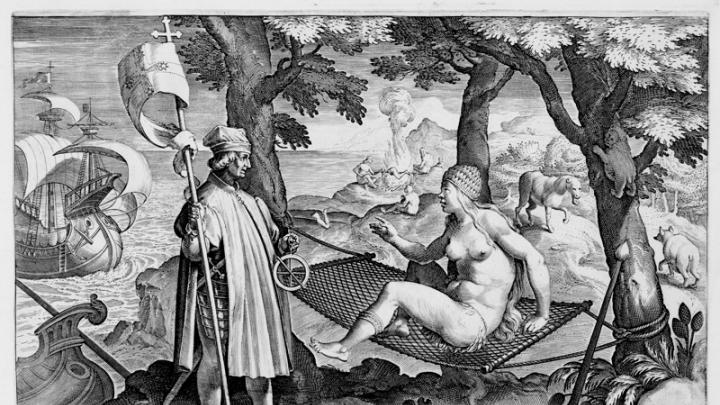
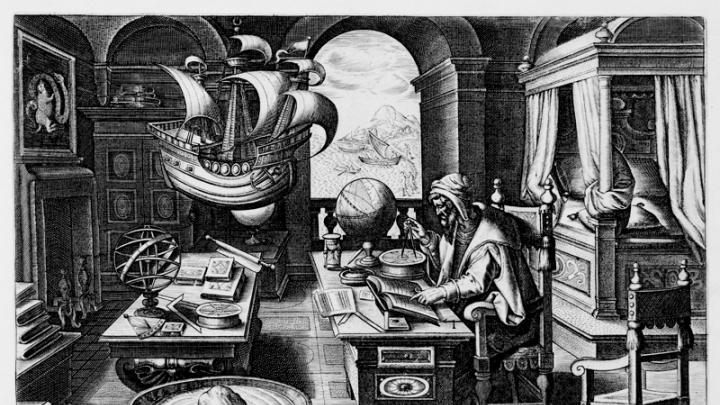
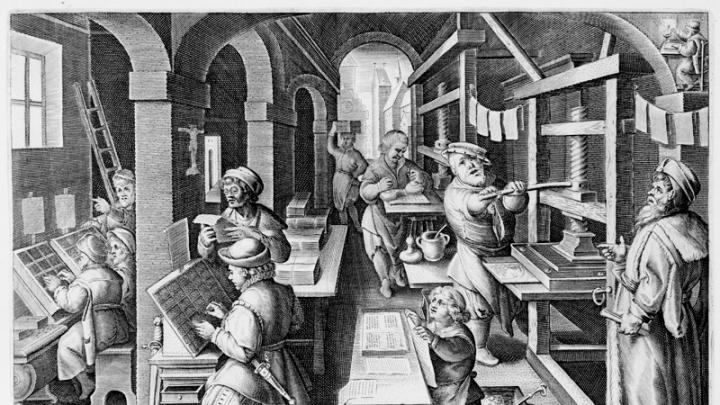
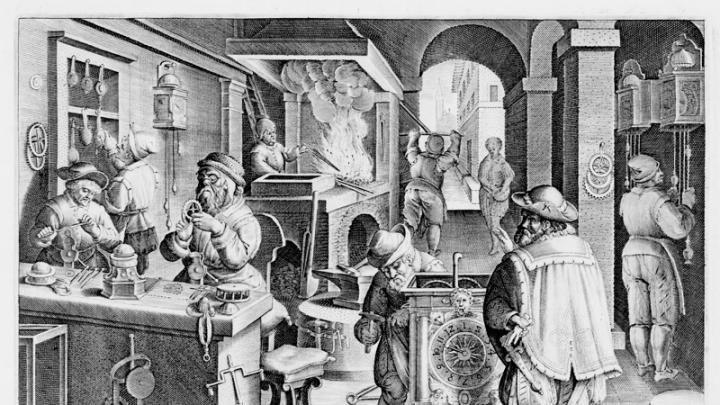
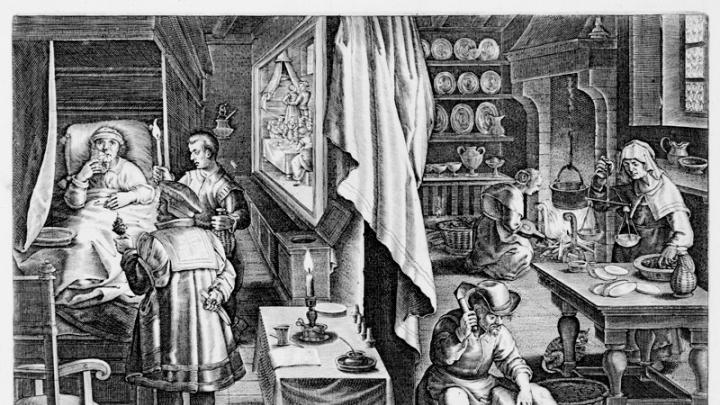
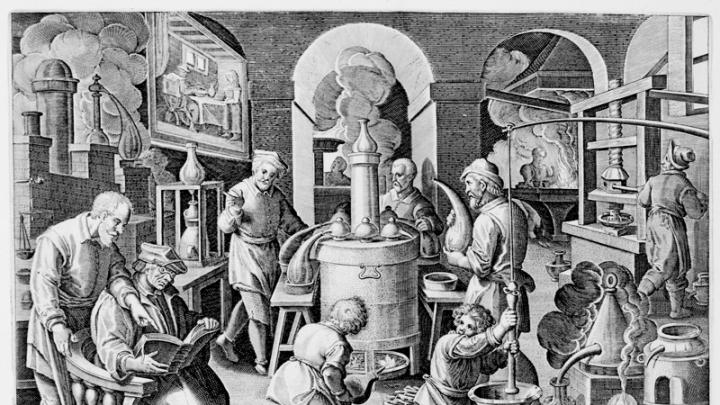
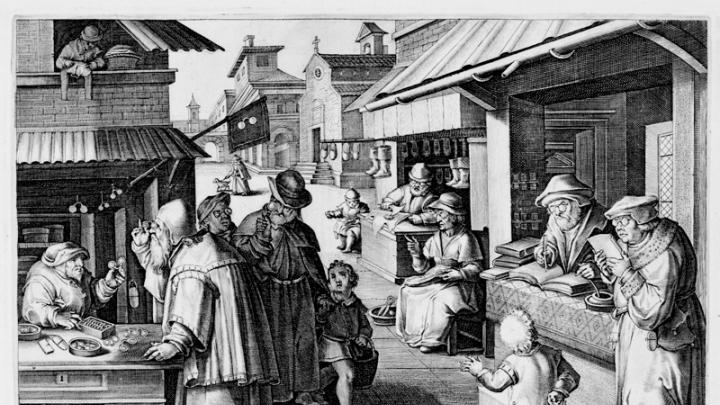
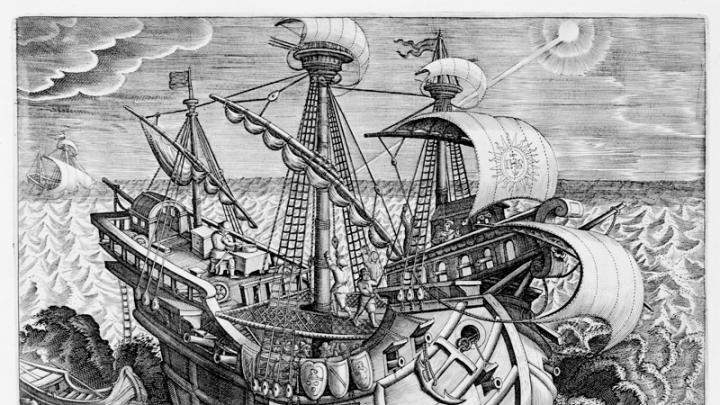
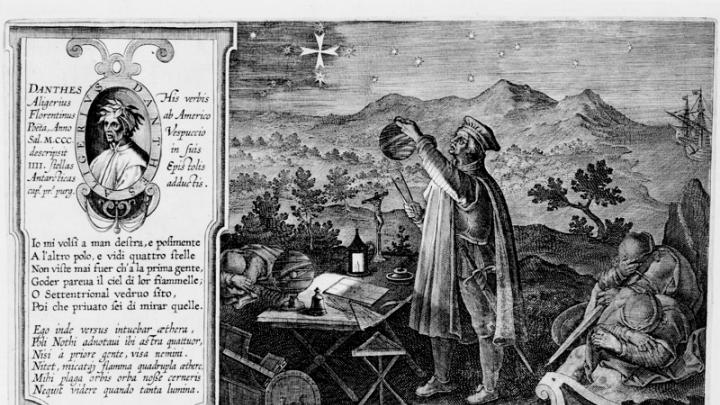
You might also like
Breaking Bread
Alexander Heffner ’12 plumbs the state of democracy.
Reading the Winds
Thai sailor Sophia Montgomery competes in the Olympics.
Chinese Trade Dragons
How Will China’s Rapid Growth in the Clean Technology Industry Reshape U.S.-China Policy?
More to explore
Harvard Philosophy Professor Alison Simmons on "Being a Minded Thing"
A philosopher on perception, the canon, and being “a minded thing”







